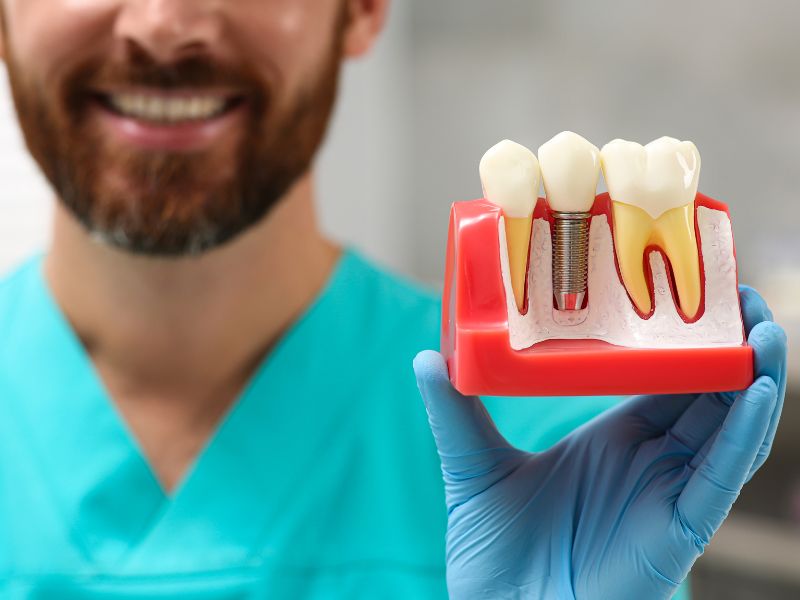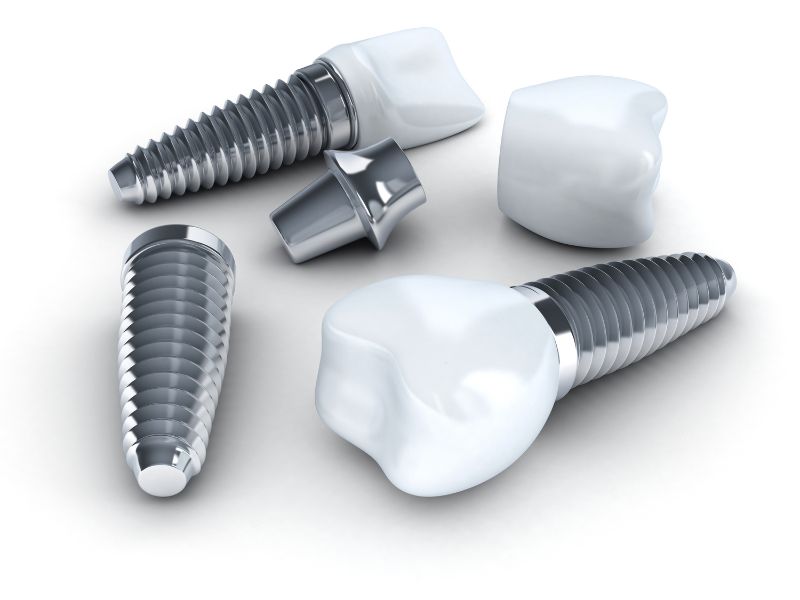Throughout history, dental health has been an essential aspect of human life, with various methods and techniques developed to address tooth loss, decay, and oral diseases.
The field of dentistry has evolved significantly over time, from ancient civilizations using rudimentary tools and materials to the modern, highly advanced techniques employed today.
This article will explore the fascinating history of dental implants Clapham, tracing their development from ancient times to the cutting-edge solutions available in the present day.

1. Early dental implants and tooth replacements
The earliest known evidence of dental implants dates back to the Mayan civilisation around 600 AD, where the remains of a young woman were discovered with three tooth-shaped pieces of shell inserted into her jawbone.
Similarly, the ancient Egyptians used gold wire to stabilise loose teeth and even crafted artificial teeth from various materials, such as ivory, seashells, and gemstones. In ancient Rome, dental implants were made of iron, bronze, and even animal teeth to replace missing teeth.
These early implants were not only practical but also symbolic of social status and wealth, as only the affluent could afford such procedures. However, the success of these early implants was limited due to the rudimentary understanding of anatomy and the lack of proper sterilisation techniques.
Related Posts
2. The evolution of implants: from metal to ceramic
The 18th and 19th centuries saw significant advancements in implant materials and techniques. In the early 1800s, gold and platinum were used for implants, but their rigidity and lack of biocompatibility often led to implant failure.
By the mid-1800s, porcelain became a popular material for dental restorations, with the first porcelain crown being introduced in 1903 by Dr Charles Land; this marked a significant improvement in the aesthetics and durability of dental restorations.
Around the same time, Dr Greenfield developed a hollow, cylindrical implant made of iridio-platinum and gold alloy, which was inserted into the jawbone and filled with gutta-percha, a plant-derived material.
Though this method showed promise, it ultimately failed due to insufficient bone integration and the body’s rejection of foreign materials.

3. Modern implants and osseointegration
The breakthrough in implant technology came in the 1950s with the discovery of osseointegration by Swedish orthopaedic surgeon Per-Ingvar Brånemark. Osseointegration is the process of the body’s bone tissue fusing with foreign material, such as titanium, creating a strong and stable bond.
Brånemark observed this phenomenon while studying the healing of bone tissue around titanium cylinders implanted in rabbits.This discovery led to the development of the first successful implants in the 1960s, which utilised titanium screws to provide a secure anchor for replacement teeth.
The introduction of titanium implants revolutionised the field of dentistry, offering patients a long-lasting and natural-looking solution for tooth loss.
Since the initial discovery of osseointegration, implant technology has continued to advance with the development of various implant designs, materials, and surgical techniques.
Today, implants have become a standard treatment for tooth loss, with millions worldwide benefiting from the improved function, aesthetics, and quality of life they provide.
The history of dental implants is a testament to human ingenuity and the relentless pursuit of improved dental care. From the rudimentary tooth replacements of ancient civilizations to the sophisticated solutions of today, implants have come a long way, offering patients a reliable, long-lasting solution for tooth loss.




